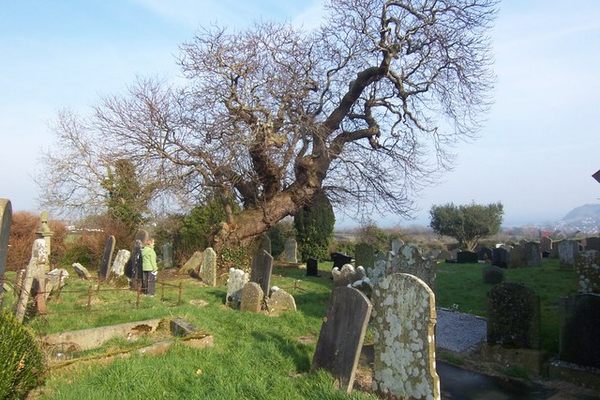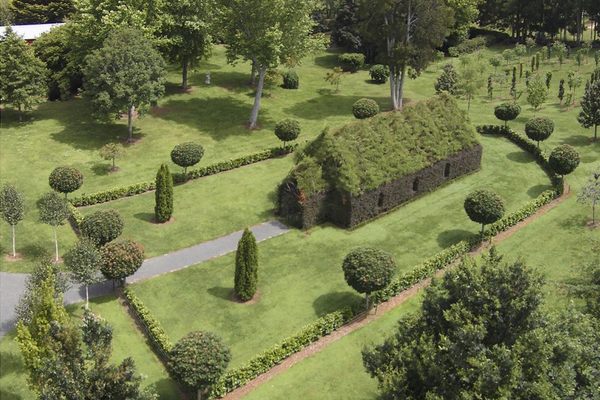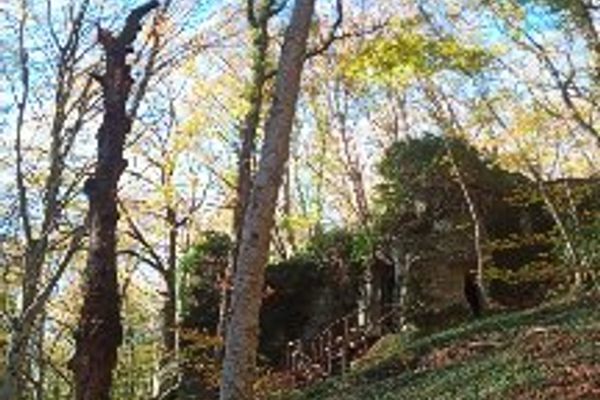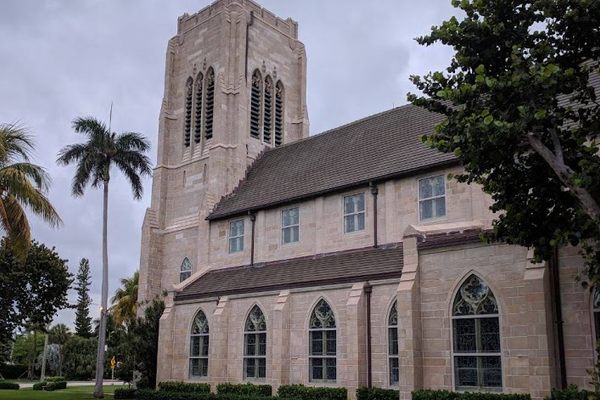About
Convento de la Santa Cruz (Convent of Santa Cruz) is perhaps the most important religious site in Querétaro, Mexico. It features a number of fascinating curiosities, but its most famous feature is the tree that produces cross-shaped thorns, which according to legend, all started from a holy man's cane.
Within the grounds of the church, you can find a number of points of interest. In addition to a viceregal kitchen and a Christ figure once used for target practice by drunken soldiers, you can also find the last arch of the famous aqueduct of Querétaro, which carried water to the city. The church is also home to a room that was once the prison of Emperor Maximilian I in 1867.
But few features are as intriguing as the Árbol de la Cruz and its history. The Convento de la Santa Cruz was the first school for missionaries from across the Americas. Franciscans destined to evangelize the New World came here to train, and one of them was Fray Antonio Margil. He journeyed from Costa Rica to Texas, walking and preaching Catholicism. Legend has it that his walks were so long, he once injured his foot and used a cane to support himself ever after.
According to the local legend, on his last visit to Querétaro, he stuck his cane in the back garden and when he died, a tree began to bloom from it. Instead of flowers and fruits, the plant produced thorns in the shape of a cross. And sure enough, such a tree still grows in the interior courtyard. There is also a statue of Antonio himself.
Related Tags
Know Before You Go
Guided tours can be joined easily from the entrance of the convent, although the guides run the tours quickly so as not to disturb the activities inside. As such, it is best to go during the week to take advantage of the guide's attention and enjoy a slower-paced tour. The convent can be visited from Tuesday to Saturday from 9.30 a.m. to 1.30 p.m. and from 4.00 p.m. to 5.30 p.m. On Sundays, it's open from 9.30 a.m. to 5.00 p.m. General admission is $ 20 pesos.
Community Contributors
Added By
Published
September 23, 2019


































